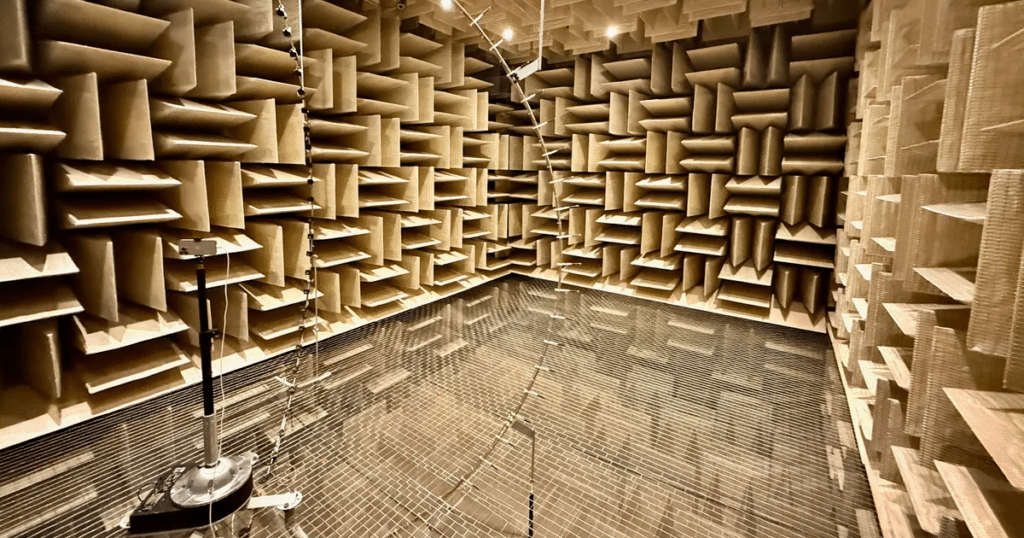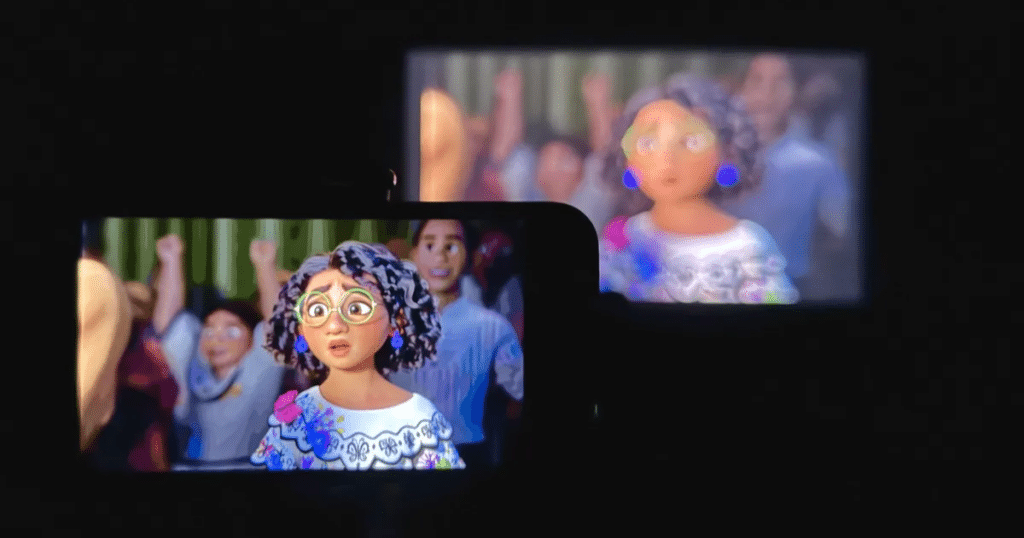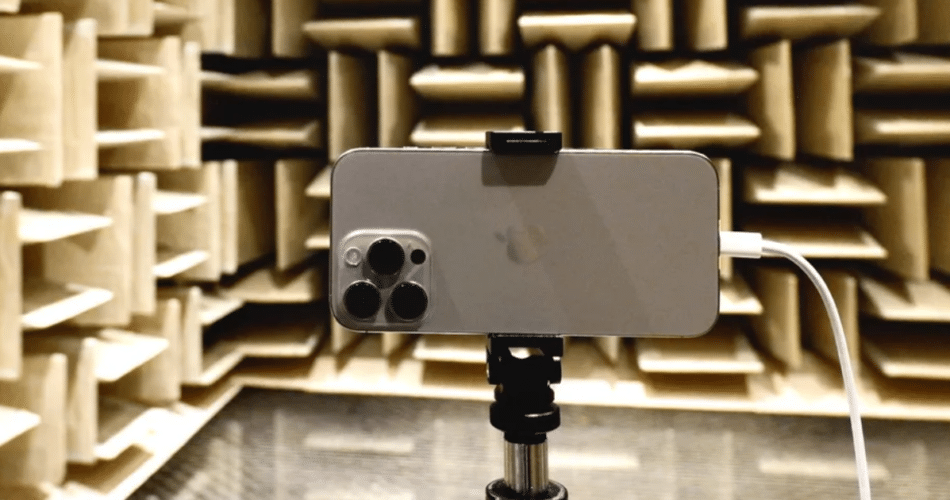Apple’s iPhone 16 Pro takes a groundbreaking leap in audio and video innovation, showcasing the company’s dedication to perfecting the smallest details. In a rare glimpse behind the scenes, CNET’s Patrick Holland was invited to tour Apple’s specialized labs in Cupertino, revealing the meticulous processes that shape the iPhone’s industry-leading capabilities.
Central to Apple’s audio advancements is its long-wave anechoic chamber, a foam-covered room designed to eliminate echoes and capture pure sound. This chamber plays a pivotal role in testing the iPhone 16 Pro’s four microphones, engineered to rival professional-grade setups. These microphones are integrated with advanced machine learning algorithms and powered by a feature called Audio Mix, which allows users to adjust sound quality and simulate different microphone types, such as lapel or studio microphones. As Ruchir Dave, Apple’s senior director of acoustics engineering, explains, “The approach we took was to go after both quality as well as utility.”

Apple’s testing process involves a sophisticated array of speakers that play chimes as the iPhone rotates on a stand, creating a spherical sound profile for each microphone. This data forms the foundation for features like spatial audio and wind noise reduction, ensuring recordings remain clear and immersive. Beyond relying on expert input, Apple also incorporates feedback from everyday users, conducting comparative audio tests in soundproof studios to fine-tune the final output. “We really want to make sure that anyone who’s taking advantage of this feature [Audio Mix] is going to appreciate it and enjoy it,” said Francesca Sweet, Apple’s director of iPhone product marketing.
For video enthusiasts, Apple’s video verification lab pushes the boundaries of smartphone cinematography. This theater-sized facility replicates various lighting conditions—from bright sunlight to dim indoor settings—to ensure consistent video playback across environments. Sean Yang, Apple’s director of video engineering, highlighted the importance of this process: “We use this theater to tune the video playback experiences so that when you play back these videos in a dark room, in an office environment, or even under the sun, you get the same perceptual experience you will get as if you’re watching a video in the theater.”

The iPhone 16 Pro also introduces 4K slow-motion recording at 120fps, a significant improvement over previous models limited to 60fps. This feature leverages Apple’s advanced processing capabilities, handling nearly a billion pixels per second to deliver artifact-free frames that elevate cinematic storytelling. Similar to its approach with audio, Apple employs perceptual testing for video, gathering feedback from diverse testers to ensure its innovations resonate with a wide audience.
By democratizing professional-grade tools, Apple empowers creators, students, and businesses to produce high-quality content without the need for expensive equipment. Features like slow-motion video and spatial audio enhance storytelling on social media, while direct editing tools streamline workflows for professionals and hobbyists.
(via CNET)
Subscribe to our email newsletter to get the latest posts delivered right to your email.

